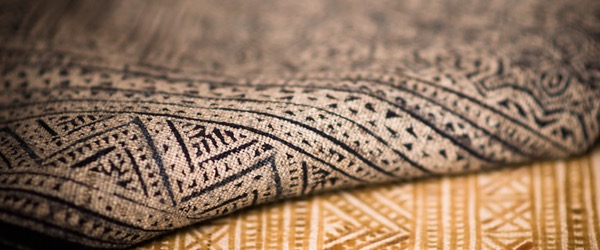Carpet can add comfort and warmth to a room that’s not easily attainable with other flooring materials. Carpet is an affordable option, but installing it yourself can make it even more affordable. Before taking on a carpet installation project, however, make sure that you know what to do so that your project will be a success.
Gather the Right Materials and Equipment
Before getting started with a carpet project, gather all of the materials and equipment that you’ll need. Most importantly, get enough carpet and padding to fill the space. Multiply the length of the room by the width of the room to find square footage, or divide by nine to find square yardage.
Other materials and equipment you may need for a carpet project include:
- Tack strips
- Staples
- Tape measure
- Chalk
- Hammer stapler
- Knee kickers
- Razor knife
- Carpet tuckers
- Seaming tape
- Seaming iron
Clean and Prepare the Subfloor
Remove old flooring or carpet and clean the subfloor before getting started. Scrape paint and remove dirt and debris. Ensure the floor is even before moving to the next step.
Install Tack Strips
Tack strips should be installed about ½ inch away from the walls all around a room, leaving the thresholds open. Tack strips come in different sizes, so it’s important to consult with experts at your Longwood carpet store to make sure you purchase the right ones for the job. If installing tack strips on a concrete subfloor, it may be necessary to use epoxy or masonry tacks.
Place Carpet Padding
Carpet padding should run perpendicular to carpet, so be sure to plan for this when installing. Lay out carpet padding and staple together at seams. Trim the pad so that it butts up to the inner edge of the tack strips – all tacks should be exposed – and staple it to the strips with a staple hammer.
Notch and Trim Carpets
It’s easiest to notch and cut carpets outside where they can be unrolled fully. Measure the carpet area and add three inches to give a margin of error. Notch the sides of the carpet and then mark the line across with chalk before cutting. Cut the back of the carpet, roll it to bring it inside, and then place it properly and unroll it.
Seam Carpet Together
The quality of a carpet seam can make or break a carpet project. Before beginning to seam two pieces of carpet together, make sure both edges are straight, close together, and that the piles run in the same direction. Place seaming tape adhesive side up on the floor beneath the carpet seam and use a seaming iron to heat the tape and melt the glue. Press the carpet firmly onto the tape and use heavy objects to hold it down until it adheres.
Attach and Stretch Carpet
A knee kicker can be used to attach the carpet to the tack strips and stretch it over the tacks on the same side. A power stretcher should be used to stretch the carpet to strips that are farther away. After the carpet is attached to tack strips, excess carpet can be trimmed away and binder bars and trim can be placed to polish up the project.
If you are considering installing carpet, call 407-262-7979 or visit your Longwood flooring store to go over your options.


